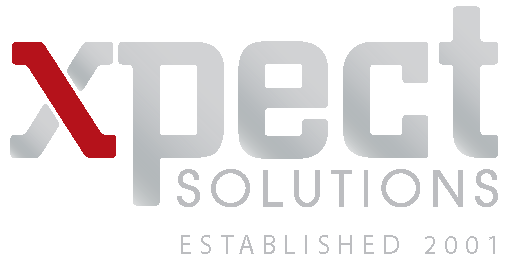Why is it important to perform regular maintenance on machines and work equipment? A person may work on an industrial hydraulic punch press every day without performing maintenance on it and not notice any problems with it. A person may notice a crack or a bit of rust on a lever and not think much of it, because it does not seem to affect the overall functionality of the machine. From these two examples, machine maintenance may not seem that important to keep up. After all, if the machine works why does it matter if it looks good? But this line of thinking neglects a crucial aspect of any professional practice: foresight. Machine maintenance should not be thought of as a purely reactive process, as it often is, but rather as an ongoing process of quality control and investment protection. Regular maintenance, conducted in a proper, systematized way can benefit a machine owner in several ways. Regular maintenance helps a machine avoid damage, either from old or faulty parts or dirt build-up in crucial areas, and can save a machine owner considerable repair fees in the long run. A comprehensive machine maintenance plan involves both proactive and reactive practices; regular service checks prevent unexpected failures while having a plan in case a part suddenly fails can save money and prevent injury. While regular machine maintenance may seem tedious and at times unnecessary, the assurance and peace of mind it provides is invaluable. Just ask anyone who works at a UL508A panel shop about the importance of proper maintenance.
Preventative Maintenance
The first objective of machine maintenance should be to ensure that the machine will be able to continue operating without failure. Mechanical failure is inevitable, but that does not mean machine owners cannot take steps to extend the productive life of their machines and reduce the chances of a critical equipment break down. Preventative maintenance can be broken down into several sub-categories that address different aspects of service and scheduling.
Planned maintenance, or scheduled maintenance, consists of regular service checks that occur according to a schedule. The schedule will depend on the type of machine. Planned maintenance can consist of many actions: inspections of potentially failure parts, upkeep like lubricating moving parts or parts that experience friction, and replacing parts that have come to the end of their product life. Units like UL508A industrial control panels benefit heavily from regular planned maintenance.
Predictive maintenance is the process that informs the planned maintenance schedule. The goal of predictive maintenance is to determine approaches and efficiencies for machine maintenance to save costs and reduce potential downtime. Part replacement according to shelf life is also a practice of predictive maintenance. Predictive maintenance, when combined with planned maintenance, ensures that a machine is kept in its best running condition and that the operator if any, does not face any unnecessary risks when using the machine.
Corrective Maintenance
Corrective maintenance differs from preventative maintenance in that it does not occur on a set schedule, but rather when it is determined that service is needed. Corrective maintenance is similar to preventative maintenance, however, in that it consists of set procedures that inform its role in the maintenance process. In the event of mechanical failure, a corrective maintenance approach would include first determining what caused the failure and if that failure has affected any other parts of the machine. The next step is removing the damaged or faulty part and ordering a replacement. The final step consists of installing the replacement part and testing it to ensure it works correctly. If a part on a UL508A industrial control panel in Denver suddenly fails, a corrective maintenance approach would be utilized to get it back up and running
A Totalistic Approach
Corrective maintenance is sometimes the only step that people take when thinking about machine upkeep. The thinking goes, what is the point of investing time and money into regular maintenance checks if more often than not the machine will be working just fine and not need any repair; if the machine does break down it can simply be fixed then and be brought back online. While this type of thinking may appeal to the thrifter among us, it ignores both the potential lost time an unexpected breakdown could cause and the potential risk for human injury. No amount of time or money is worth the risk of human injury; the importance of a totalistic approach to machine maintenance is evermore increased when dealing with machinery that poses a risk to human life. In such cases, the first line of thinking in every situation needs to be “is this safe for the operator?” It is only after this question is carefully considered can other questions, like production time, service investment, also be considered. Corrective maintenance should work in conjunction with the other components of proper machine maintenance to ensure as much precaution as possible has been taken.
Don’t take risks with machine maintenance. Understanding what goes into the process of proper machine maintenance is the first step in ensuring that your workers and machines are protected against unexpected mechanical failure. While such a comprehensive approach may seem daunting, the long-term benefits greatly outweigh the initial investment. The workers who use machines that are properly serviced can work with confidence knowing that they are as safe as possible at their workstation and that they have a greatly reduced chance of having an accident because the correct safety measures are being followed. Machine owners who practice correct machine maintenance will see their machines run better, last longer, and most importantly be safer. Treat your employee’s safety like it deserves to be treated. Don’t gamble with the livelihood of your business and your employees by neglecting a comprehensive maintenance approach; invest in the correct measures and acquire peace of mind by knowing that everything has been done to make safety a top priority at your business.
